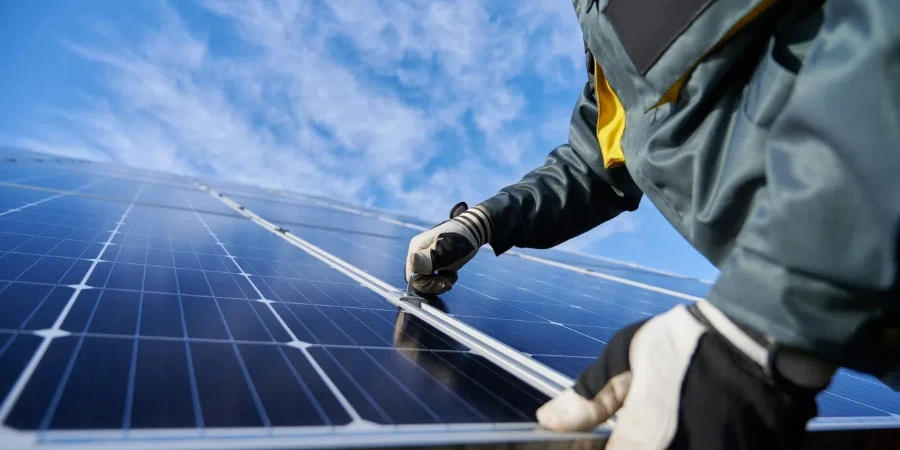Vertically Integrated Manufacturers Stand To Lose Most With Oversupply Situation; Companies Must Unite In Face Of Conflicting Trade Environment
Key Takeaways
- CPIA at its H1 2024 review meeting advised Chinese solar manufacturers to be flexible in their approach while expanding overseas
- They should look into JVs, technology licensing and brand licensing to make judicious use of financial means
- The oversupply situation is hampering profits as vertically integrated companies stand to lose the most
The China Photovoltaic Industry Association (CPIA) has called upon the country’s solar PV industry to unite for industrial chain expansion overseas. As the international trade environment becomes more conflicting, it advised the industry to diversify in the markets along the Belt and Road Initiative and Western countries, instead of putting all their eggs in one basket.
Speaking at CPIA’s 1H 2024 Review meeting, CPIA’s Honorary Chairman Wang Bohua stressed Chinese enterprises to adopt a flexible approach in terms of their overseas strategies as the latter face trade barriers in an increasing number of markets globally.
Their global expansion approach should include joint ventures, technology licensing, and brand licensing, he added.
During the reporting period, Bohua said Chinese solar PV export volume totaled around $18.67 billion, representing a Year-over-Year (YoY) decrease of 35.4%, attributing it to the oversupply of PV components in the market. This was despite the domestic export volume of silicon wafers, cells and modules having gone up by 34.5%, 32.1%, and 19.7% YoY. Asia was the largest export destination, having replaced the European Union (EU).
In H1 this year, Chinese production of polysilicon went up by 60.6% annually to 1.06 million tons, that of wafers grew by 58.9% to 402 GW, for cells it rose by 37.8% to 310 GW, and the increase was 32.2% for modules, to 271 GW.
As production volume grew, prices of solar products fell below the profit line as several solar manufacturing companies reported losses in H1 2024, including several leading names in the industry (see China Solar PV News Snippets).
CPIA said the loss widened in Q2, compared to Q1. The worst impacted are vertically integrated companies, it pointed out. They are losing their advantages since it has become cheaper to purchase products such as wafers and cells, than producing these on their own. Manufacturers are also facing depreciation with old equipment and facilities.
Module bidding prices also continue to decline. The PV Price Index of TaiyangNews, which provides a weekly overview of polysilicon, wafers, cells, modules and solar glass prices based on data collected by Chinese market research firm Gessey PV Consulting, continues to report this trend of lower prices (see TaiyangNews PV Price Index—2024—CW30).
CPIA reiterated its February 2024 global solar PV installation forecast for 2024 ranging from 390 GW to 430 GW. Back then, the association forecast Chinese PV installations in 2024 to range from 190 GW AC to 220 GW AC. The country exceeded 100 GW PV installations within H1 2024 (see China Exceeds 100 GW Solar Installations Mark In H1/2024).
Source from Taiyang News
Disclaimer: The information set forth above is provided by Taiyang News independently of Alibaba.com. Alibaba.com makes no representation and warranties as to the quality and reliability of the seller and products. Alibaba.com expressly disclaims any liability for breaches pertaining to the copyright of content.




